Whether you’re a seasoned eco-warrior or just starting to explore more sustainable practices, there are plenty of straightforward swaps that can make a significant difference in how much plastic you use every day. From choosing beeswax wraps over cling film to opting for reusable containers and gadgets, here are twelve practical ways you can start cutting down on kitchen plastic right now.
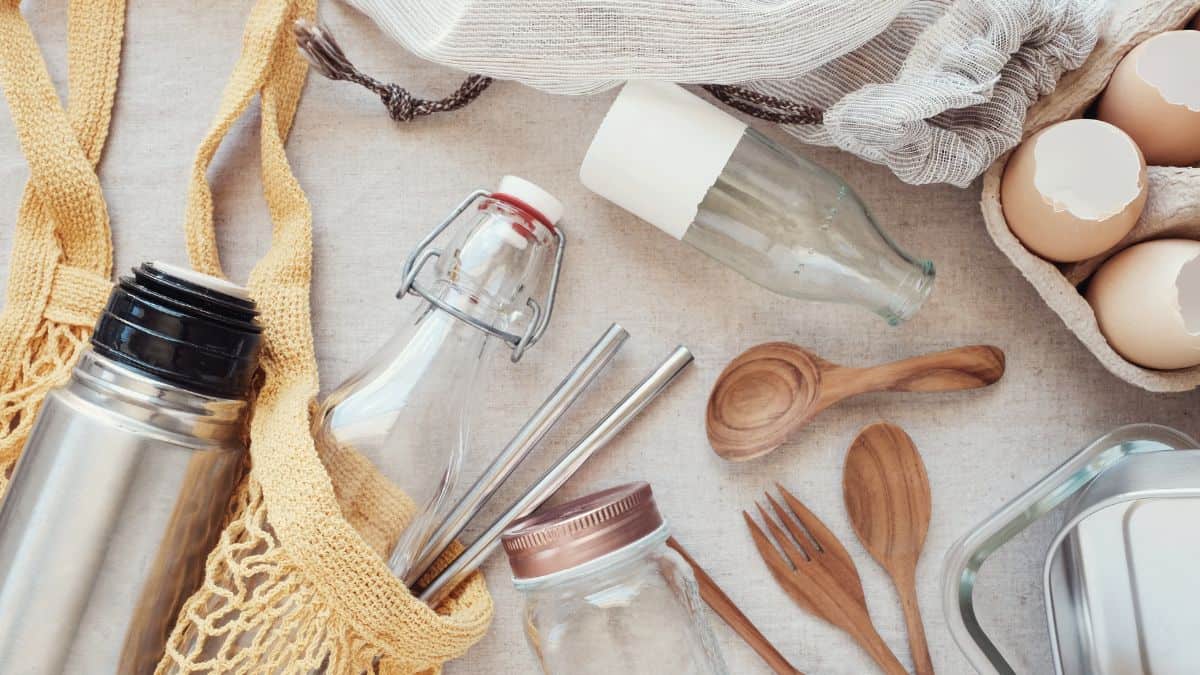
Switch to Silicone Storage Bags
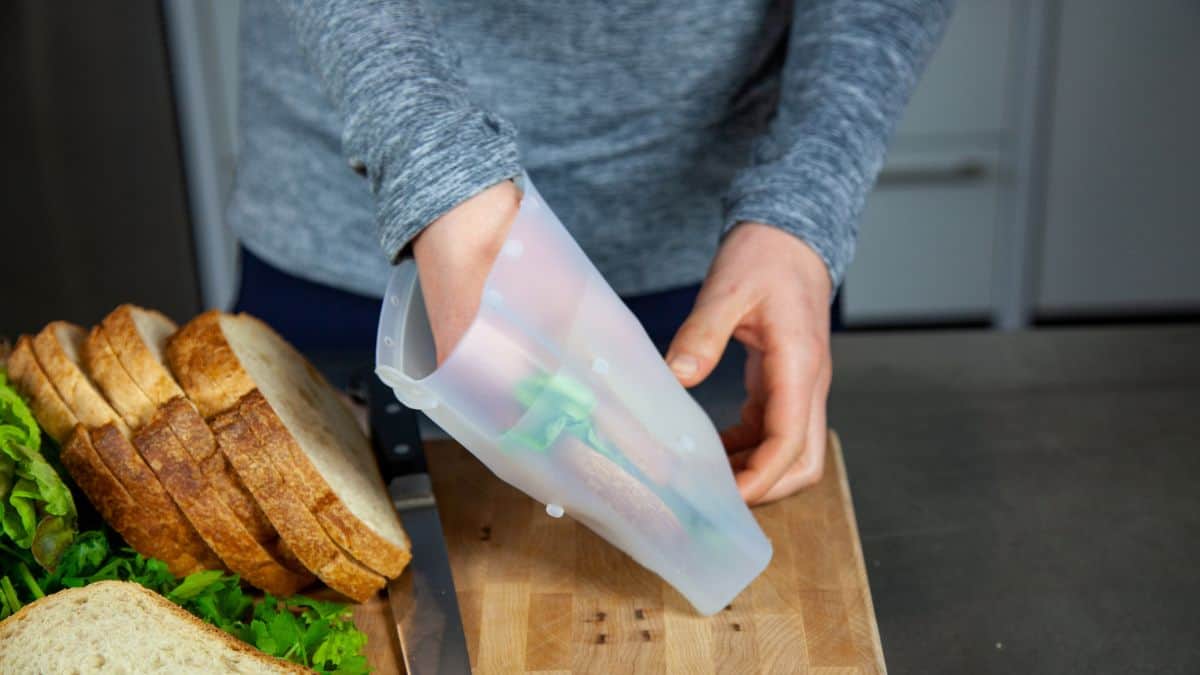
Replace single-use Ziploc bags with reusable silicone bags which are ideal for marinating, freezing, and storing leftovers.
Use Beeswax Wraps Instead of Cling Film

Beeswax-infused cloth serves as a sustainable alternative to plastic wrap, is washable, reusable, and compostable, and is perfect for wrapping sandwiches or covering bowls.
Invest in Glass or Stainless Steel Containers

Swap out plastic Tupperware for durable glass or stainless steel, which are better for the environment and do not retain food odors or stains.
Buy a Reusable Coffee Filter or Pod
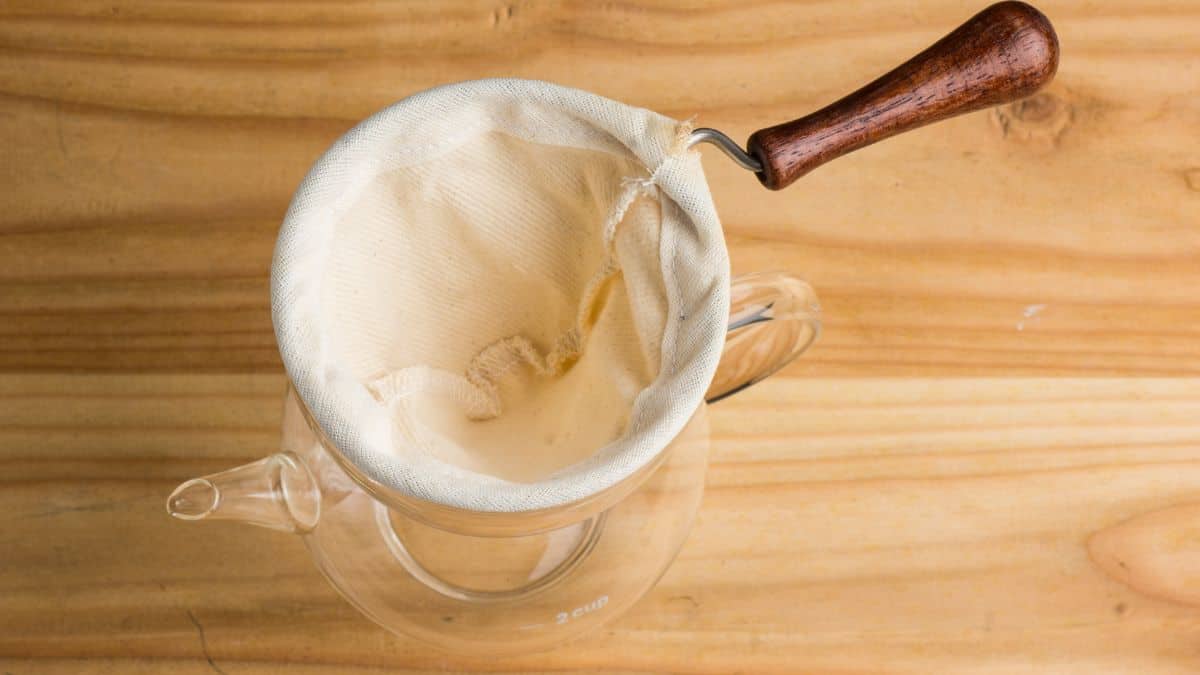
Use a metal or cloth coffee filter or refillable stainless steel pods that can be used with your own coffee grounds, reducing plastic waste.
Opt for Wooden Cooking Tools

Replace plastic spatulas, spoons, and cutting boards with wooden or bamboo alternatives that are more sustainable and aesthetically pleasing.
Choose Bulk Food and Avoid Packaging

Shop from bulk bins using your own containers to reduce the demand for plastic-packaged goods and decrease waste.
Adopt Mesh Produce Bags
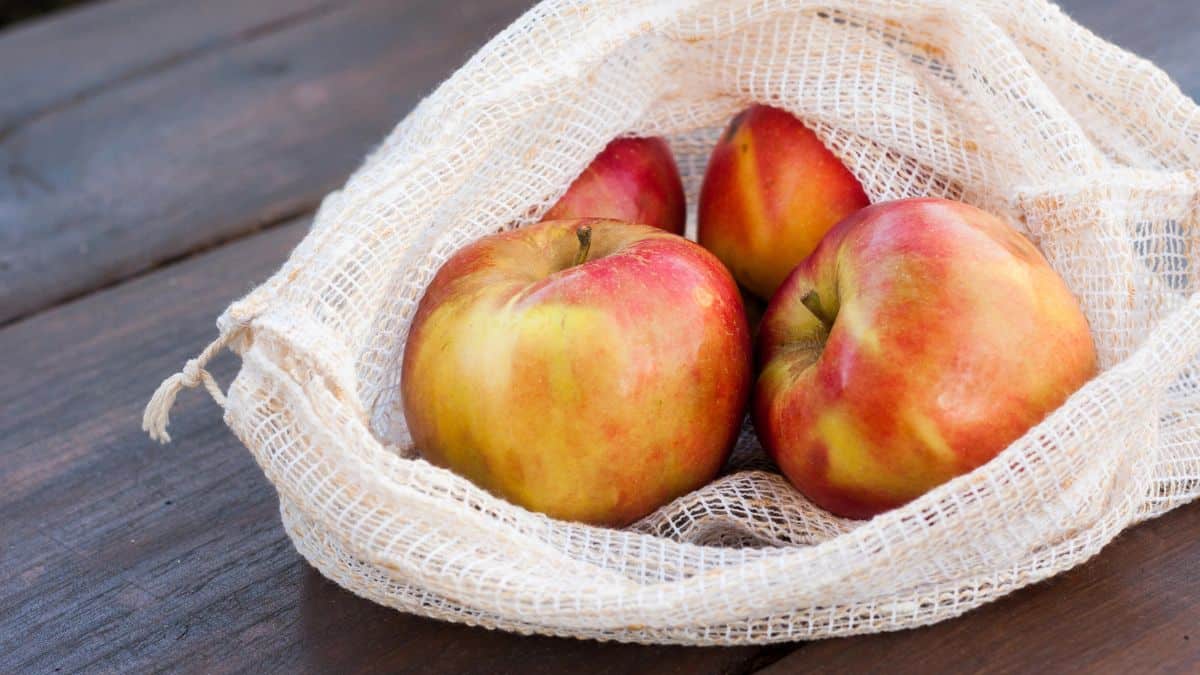
Utilize reusable mesh bags for purchasing and storing produce, which keeps fruits and vegetables fresh longer without plastic.
Use Cloth Instead of Sponge
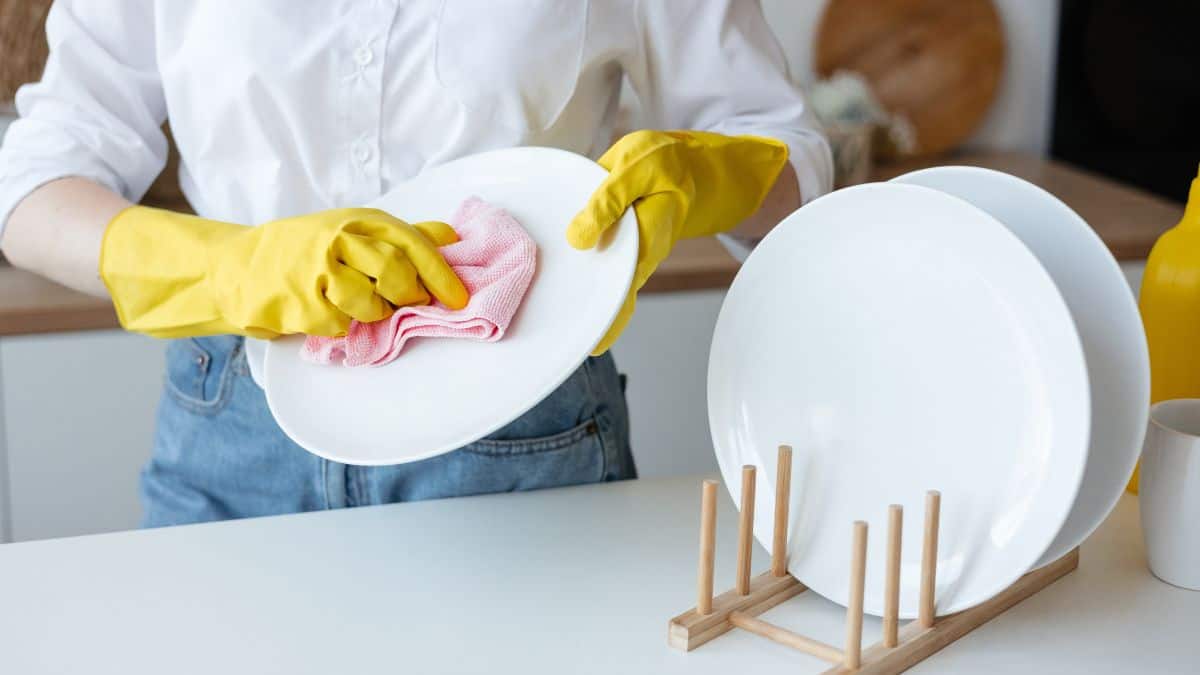
Replace sponges with washable cloth rags or a wooden dish brush which are durable, washable, and reusable.
Prefer Wooden or Paper Ice Cream Sticks

Choose ice creams with wooden sticks or make your own at home using paper sticks to avoid non-recyclable plastic sticks.
Get a Soda Maker to Avoid Plastic Bottles
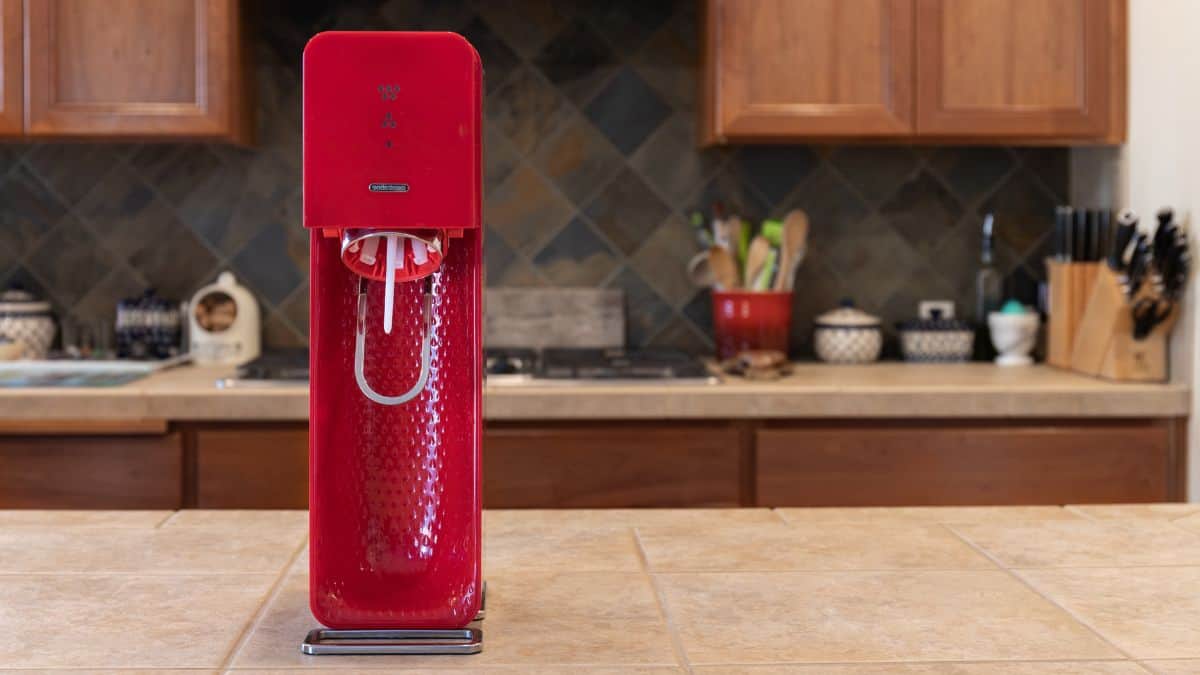
Invest in a soda maker for homemade carbonated beverages to eliminate the need for single-use plastic bottles.
Use Natural Fiber Dish Brushes
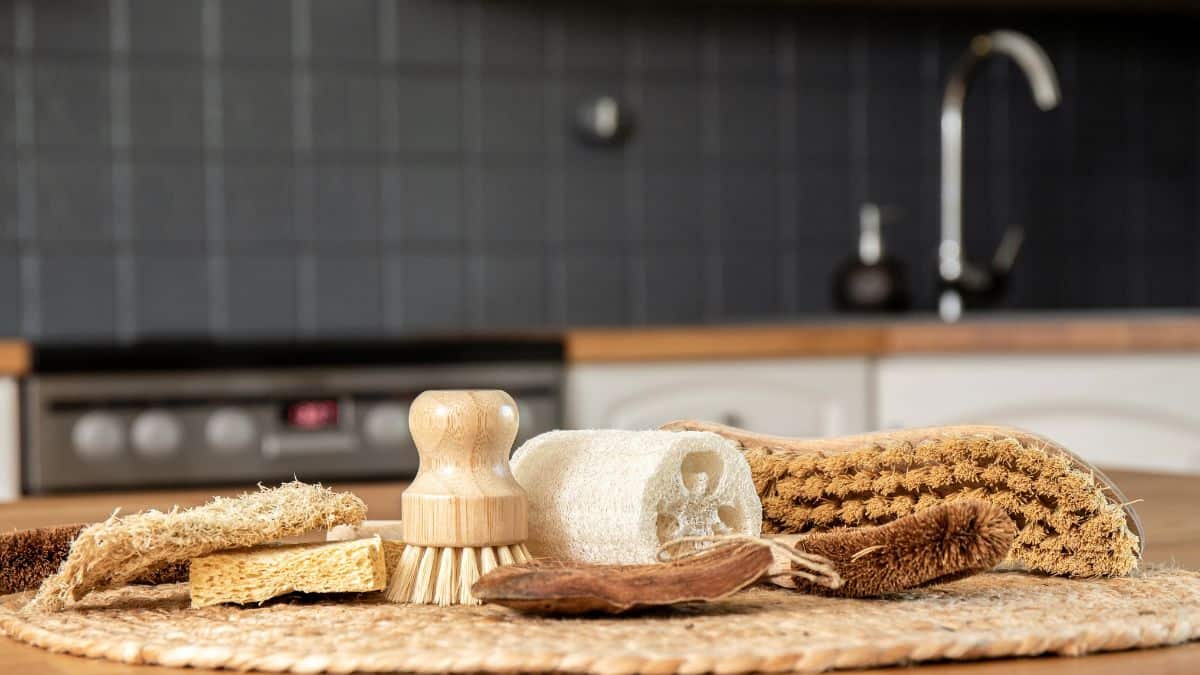
Opt for dish brushes made from plant-based fibers and wood, which are fully compostable at the end of their life unlike plastic brushes.
Buy Milk in Returnable Glass Bottles
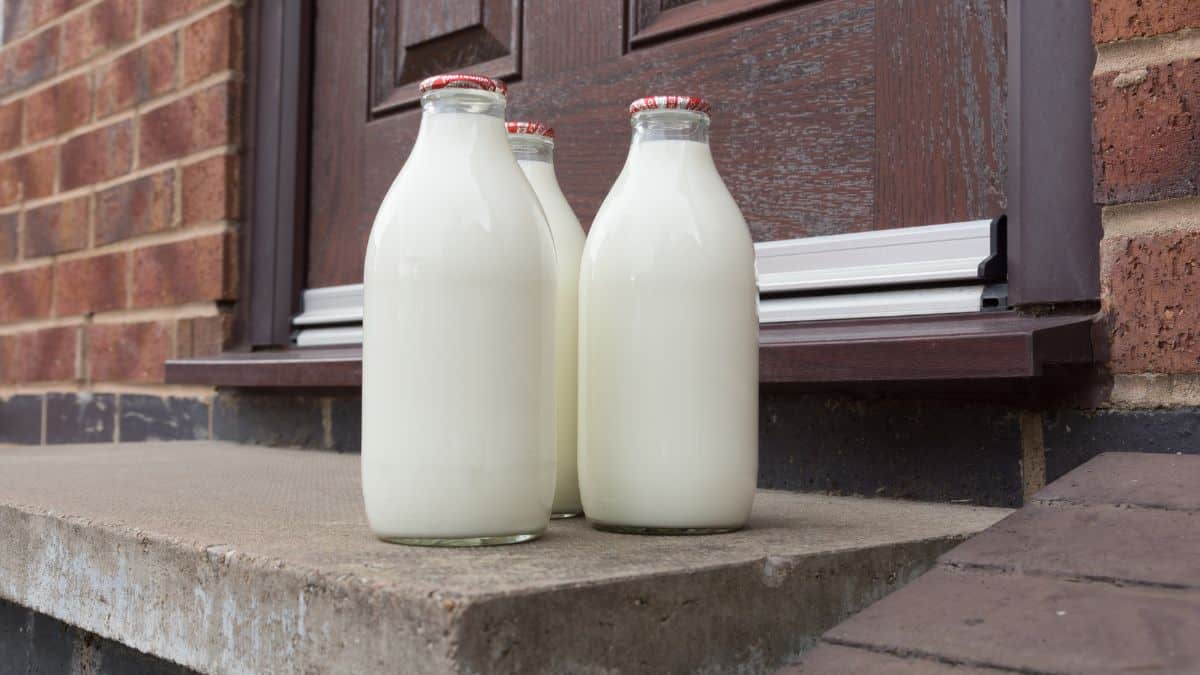
Purchase milk in returnable glass bottles from local dairies instead of plastic ones, which reduces plastic use and supports local businesses.
13 Reasons Why You Should Grow Your Own Food (Even Just A Little!)
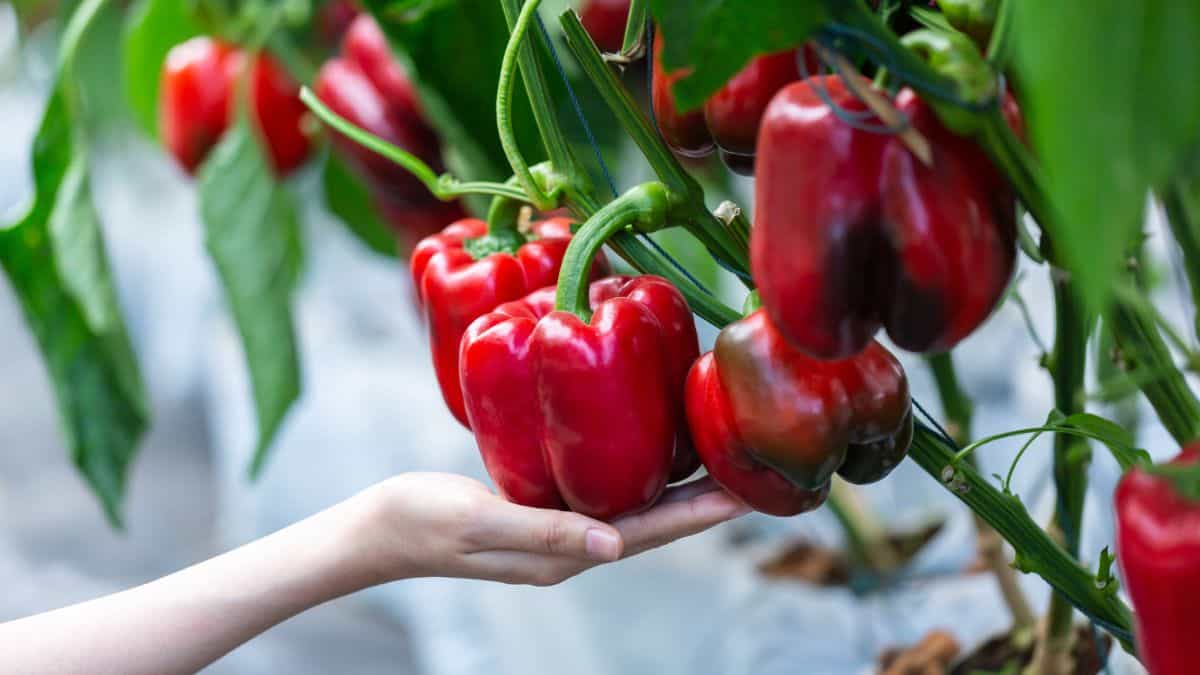
Growing your own food isn’t just for those with sprawling gardens; a small container or patch of dirt is all you need to start. Replacing even a few items from your grocery list with homegrown produce can inject fun and flavor into your meals. It’s a transformative experience that brings unparalleled freshness to your table and connects you more deeply with the cycle of nature. Let’s explore the many benefits of turning even the smallest space into a flourishing garden.
See Them Here: 13 Reasons Why You Should Grow Your Own Food (Even Just A Little!)
10 Creative Ways To Use Coffee Grinds You Probably Never Thought Of

You know those coffee grinds you usually toss out after brewing your morning cup? Turns out, they’re like gold for a bunch of cool and unexpected uses. Here’s a fun list of unique and creative ways to give those grinds a second life, from greening up your garden to jazzing up your skincare routine.
See Them Here: 10 Creative Ways To Use Coffee Grinds You Probably Never Thought Of
11 Essential Herbs You Should Be Growing Right Now To Save Money
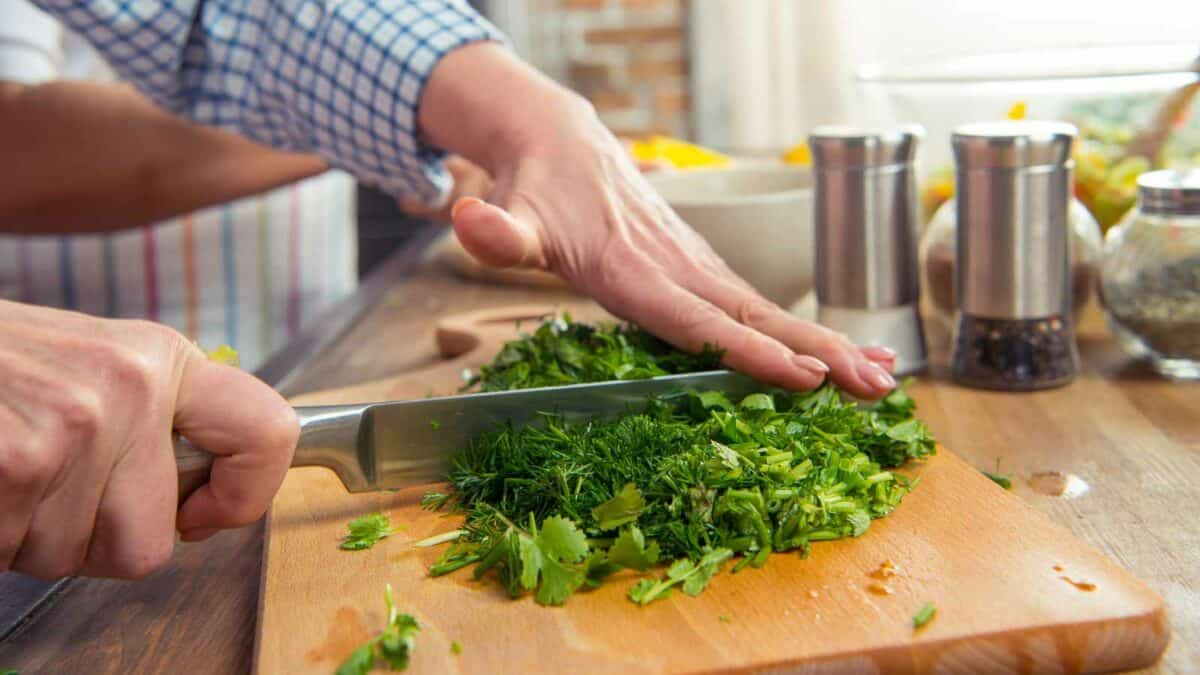
Thinking about growing your own herbs but wondering if it’s worth the effort? Not only is it easier than you might imagine, but it’s also a serious money saver, especially when these herbs are in season. If you’ve ever balked at the price of a tiny plastic packet of fresh herbs at the grocery store, consider growing your own whether in a garden or indoors in pots. These 11 foolproof herbs are the perfect ones to start with.
See Them Here: 11 Essential Herbs You Should Be Growing Right Now To Save Money
Select images provided by Depositphotos.
Gina Matsoukas is an AP syndicated writer. She is the founder, photographer and recipe developer of Running to the Kitchen — a food website focused on providing healthy, wholesome recipes using fresh and seasonal ingredients. Her work has been featured in numerous media outlets both digital and print, including MSN, Huffington post, Buzzfeed, Women’s Health and Food Network.








